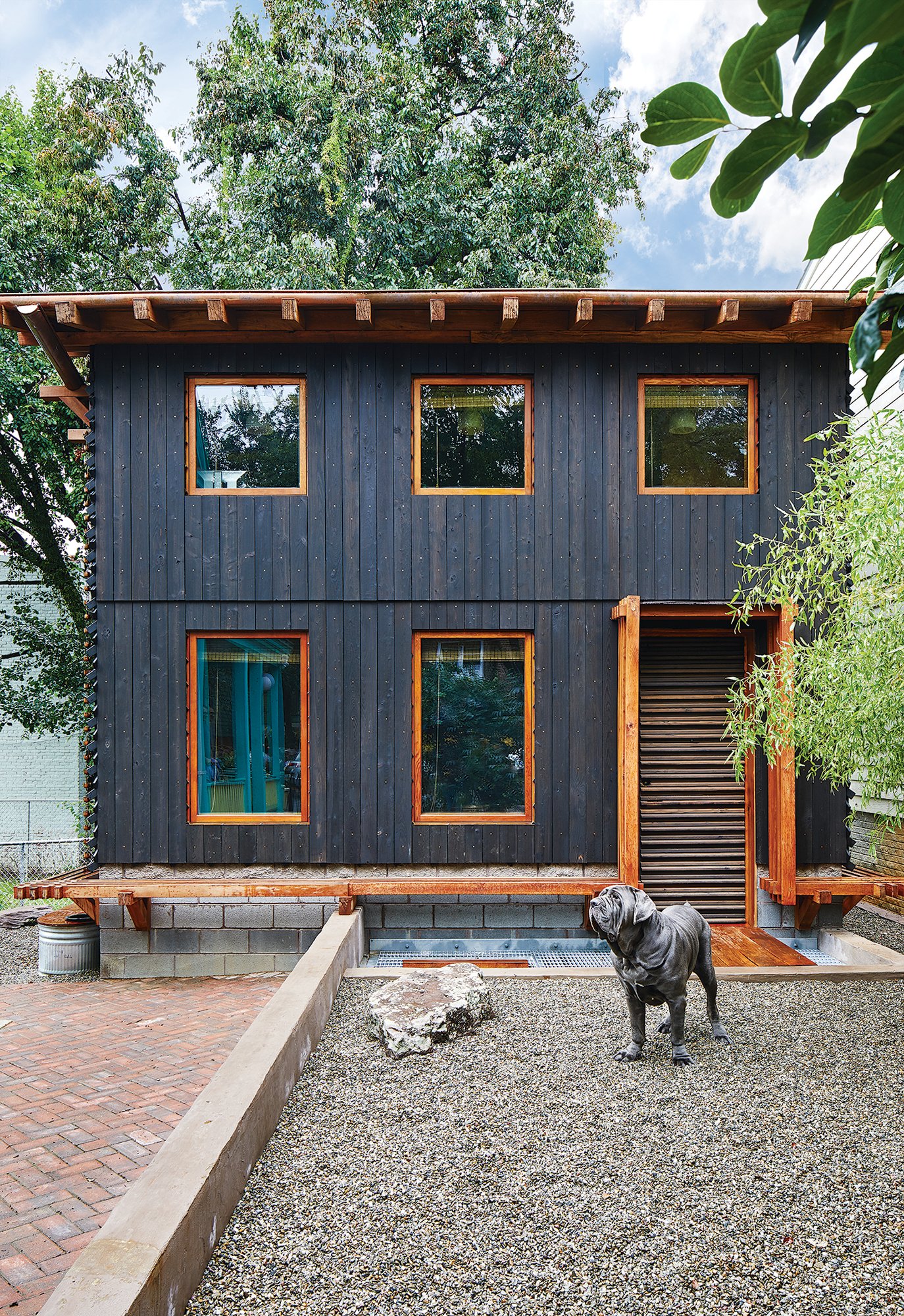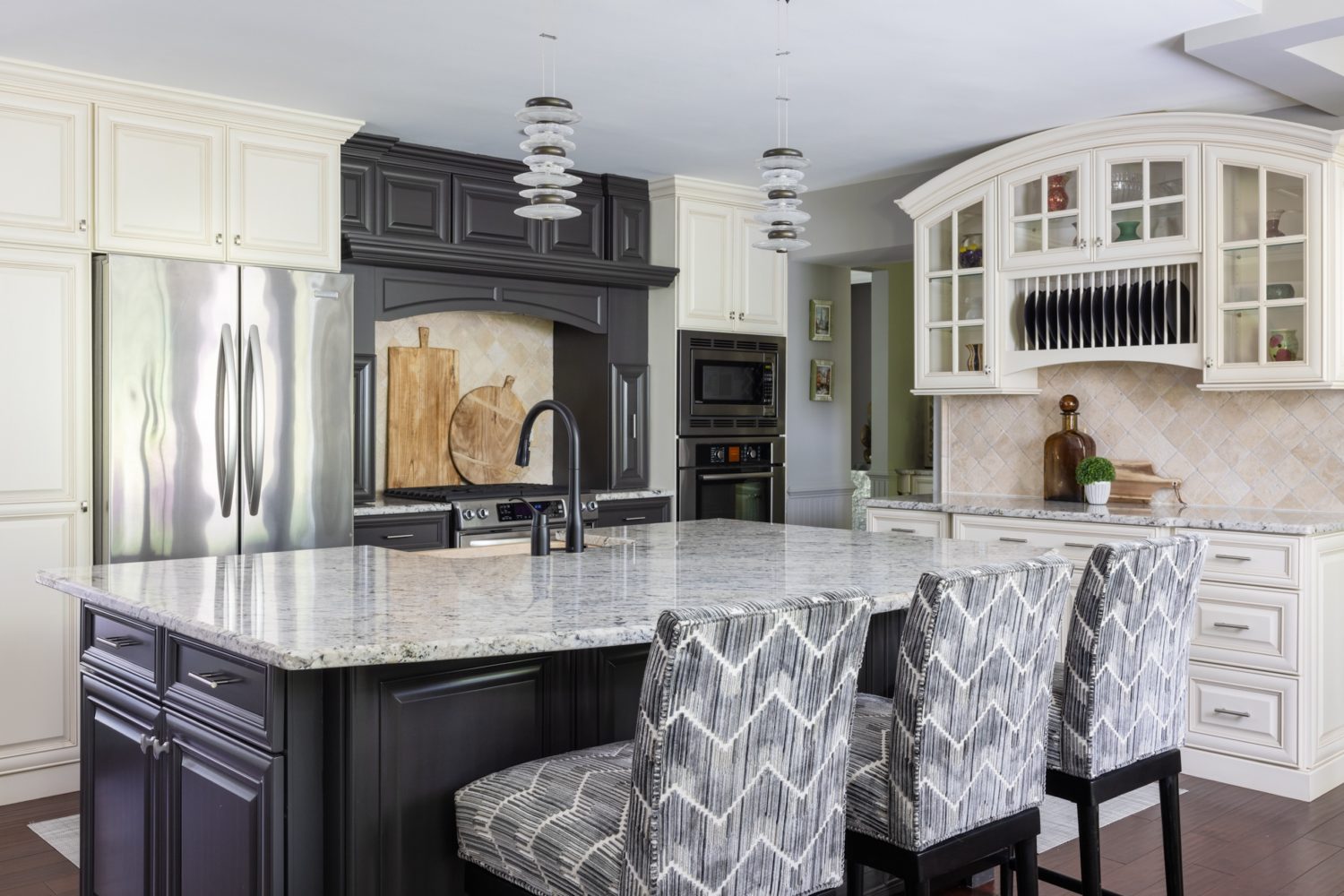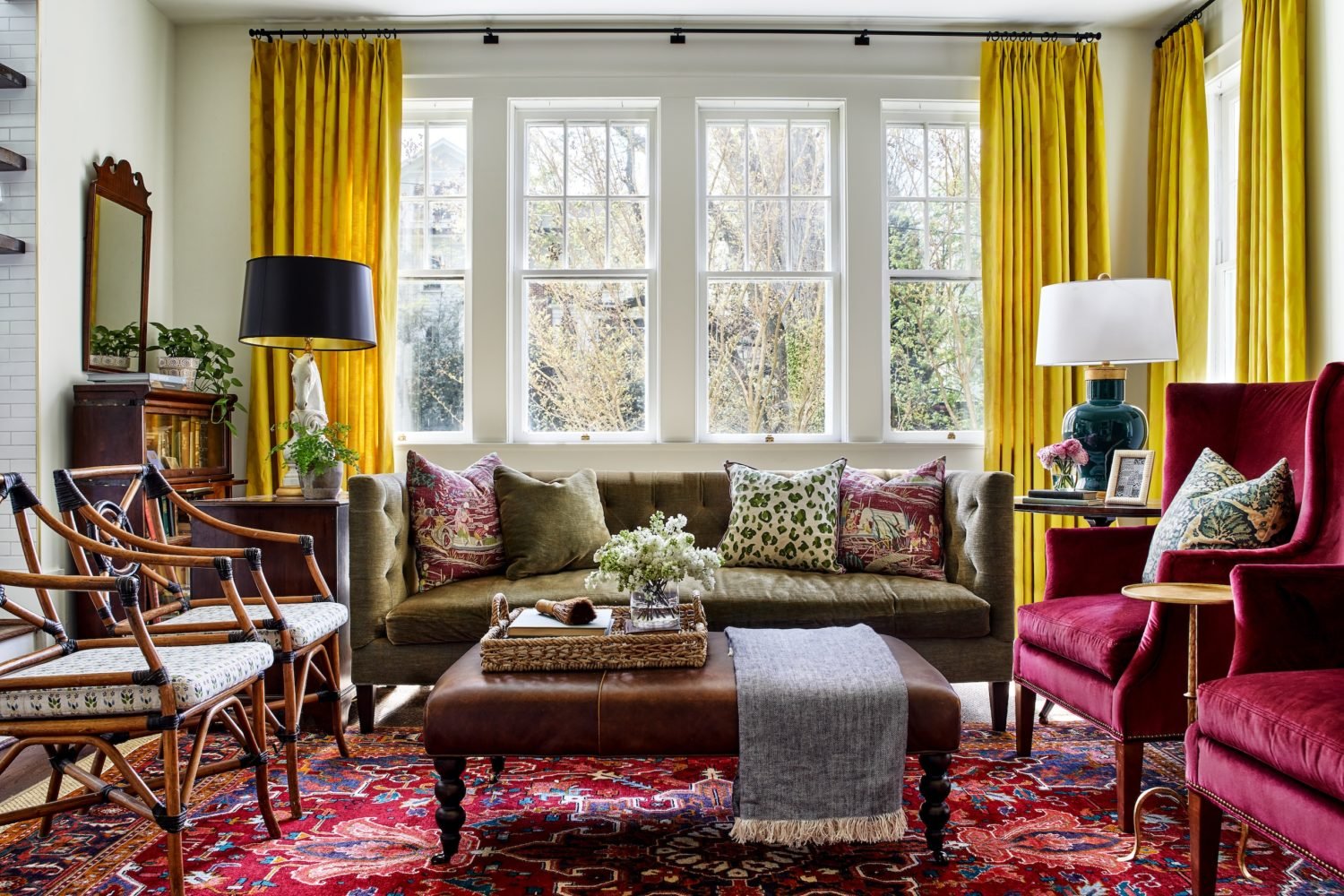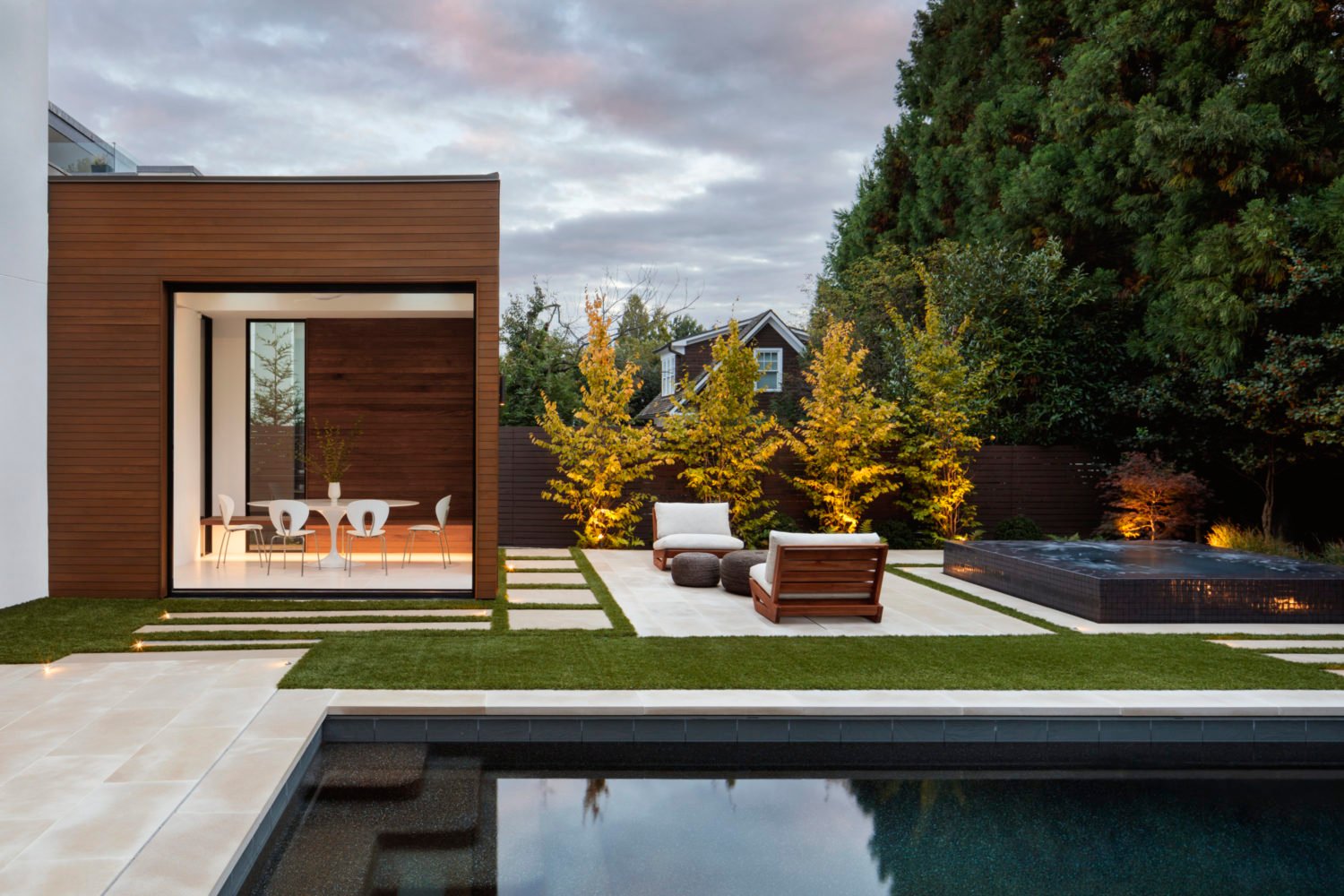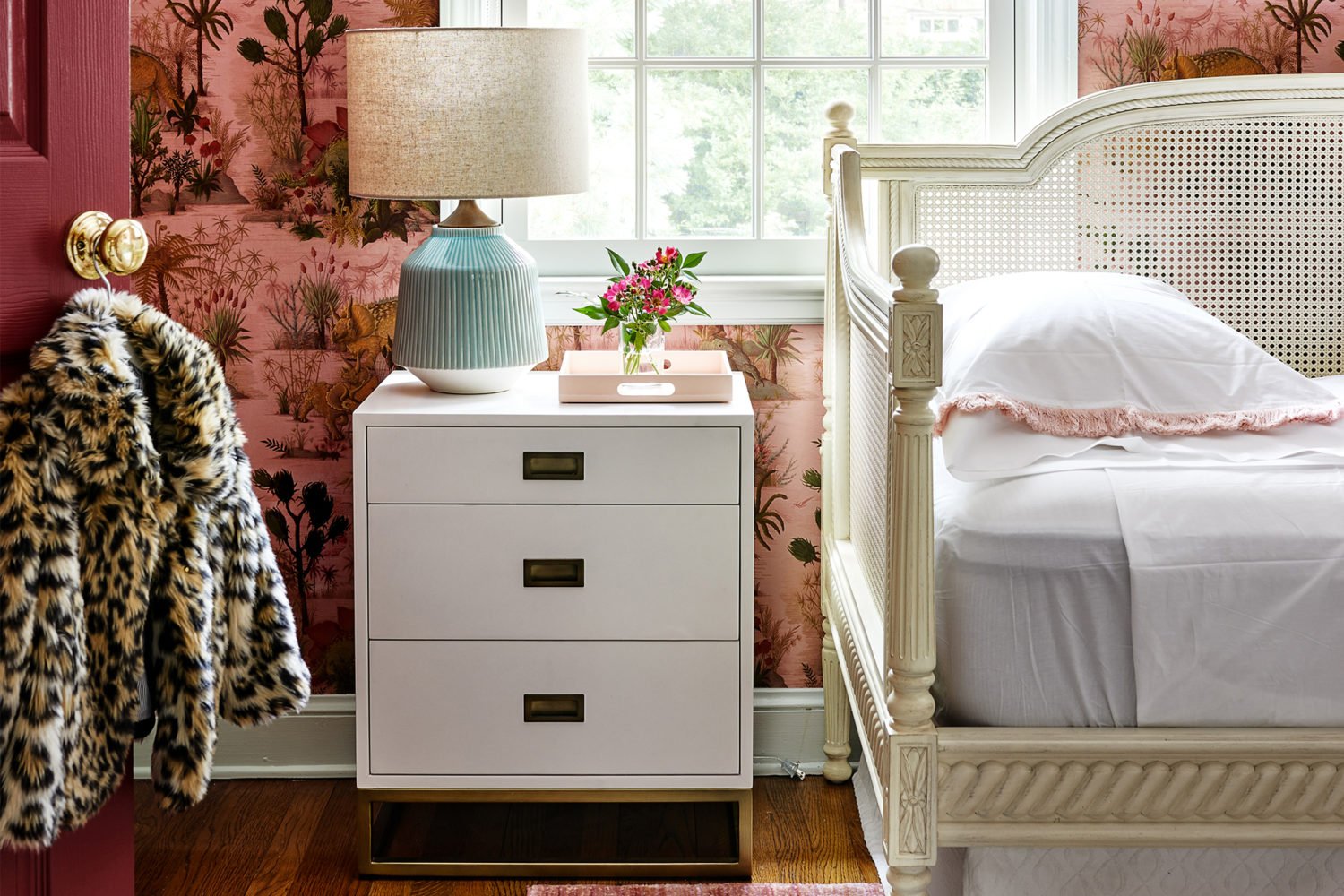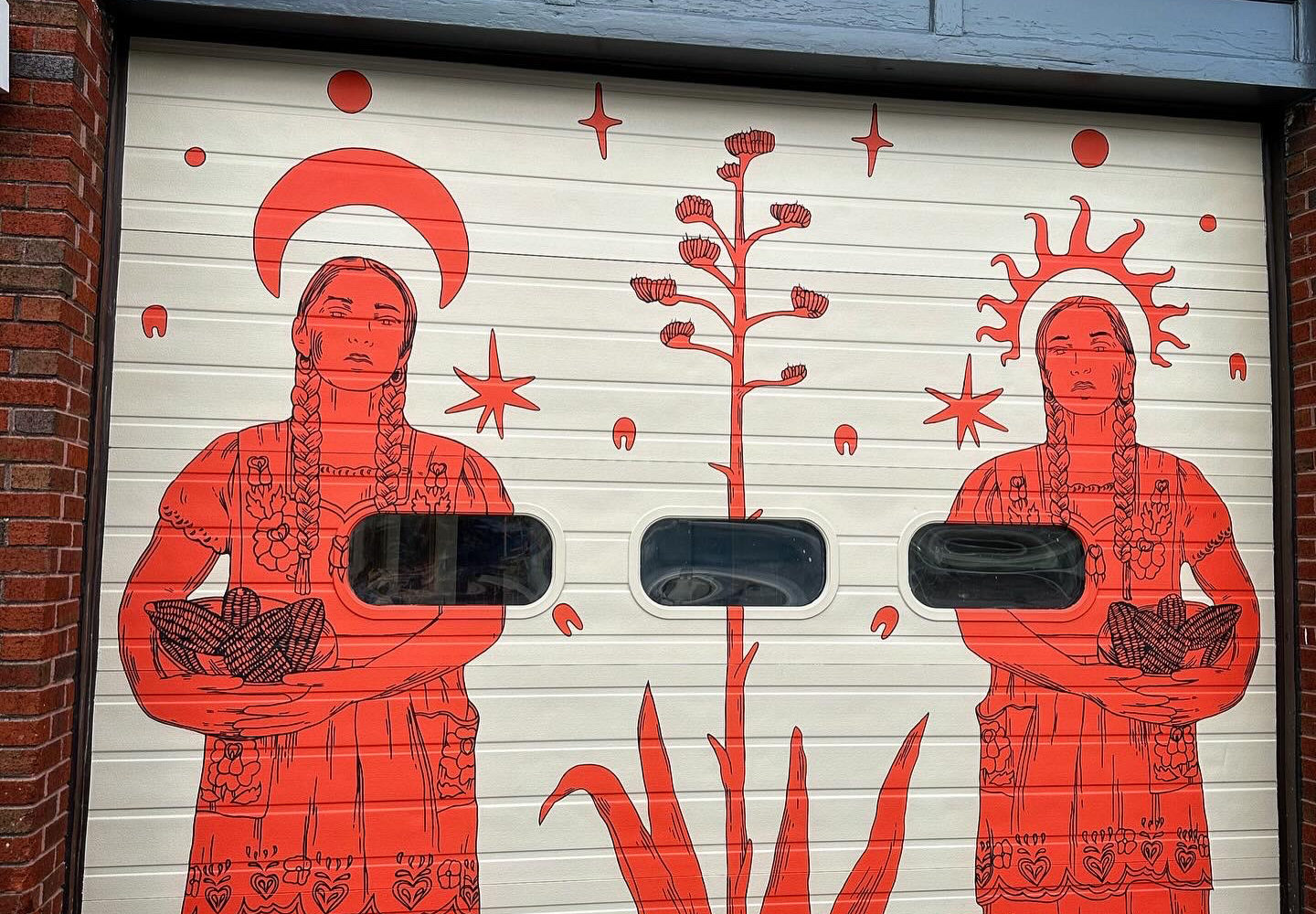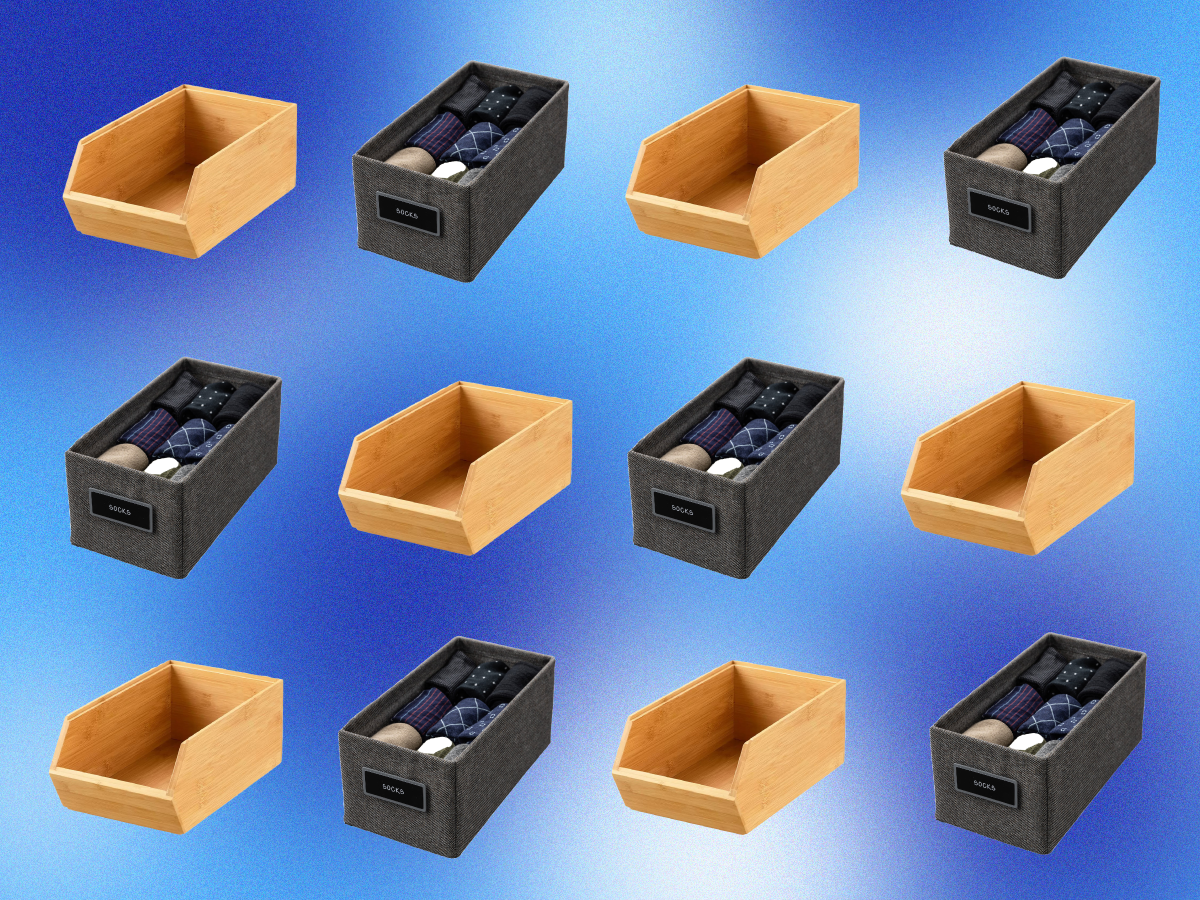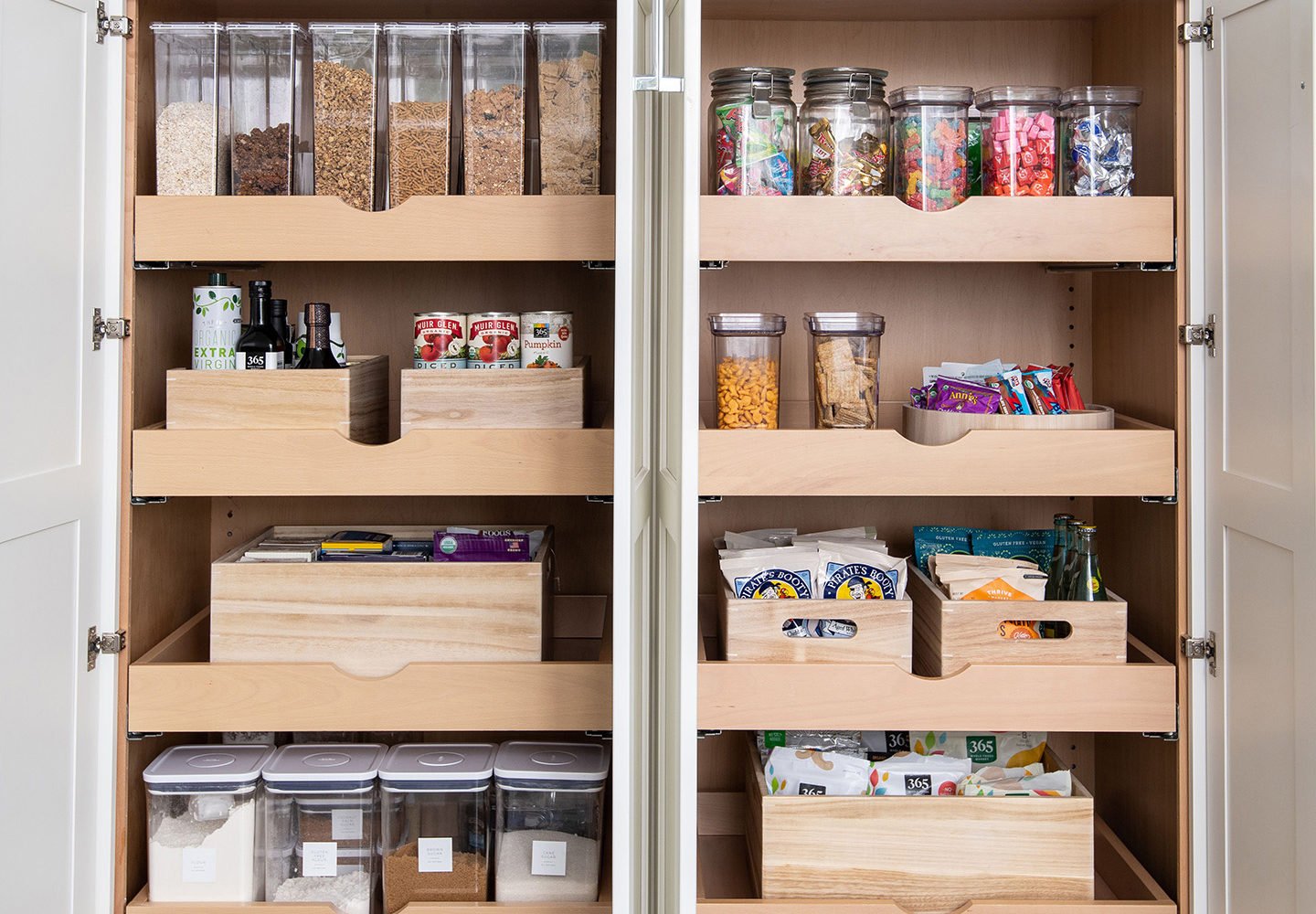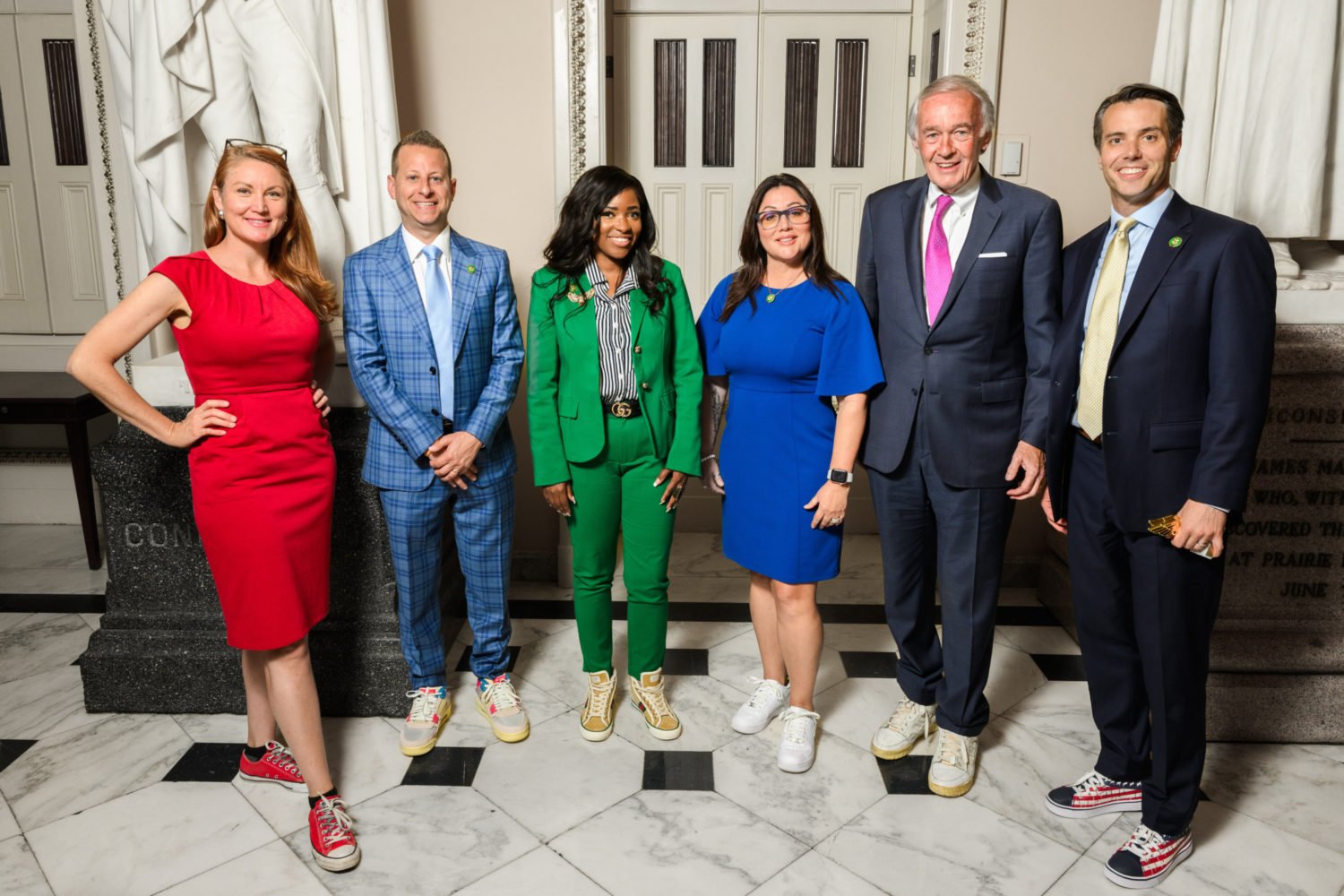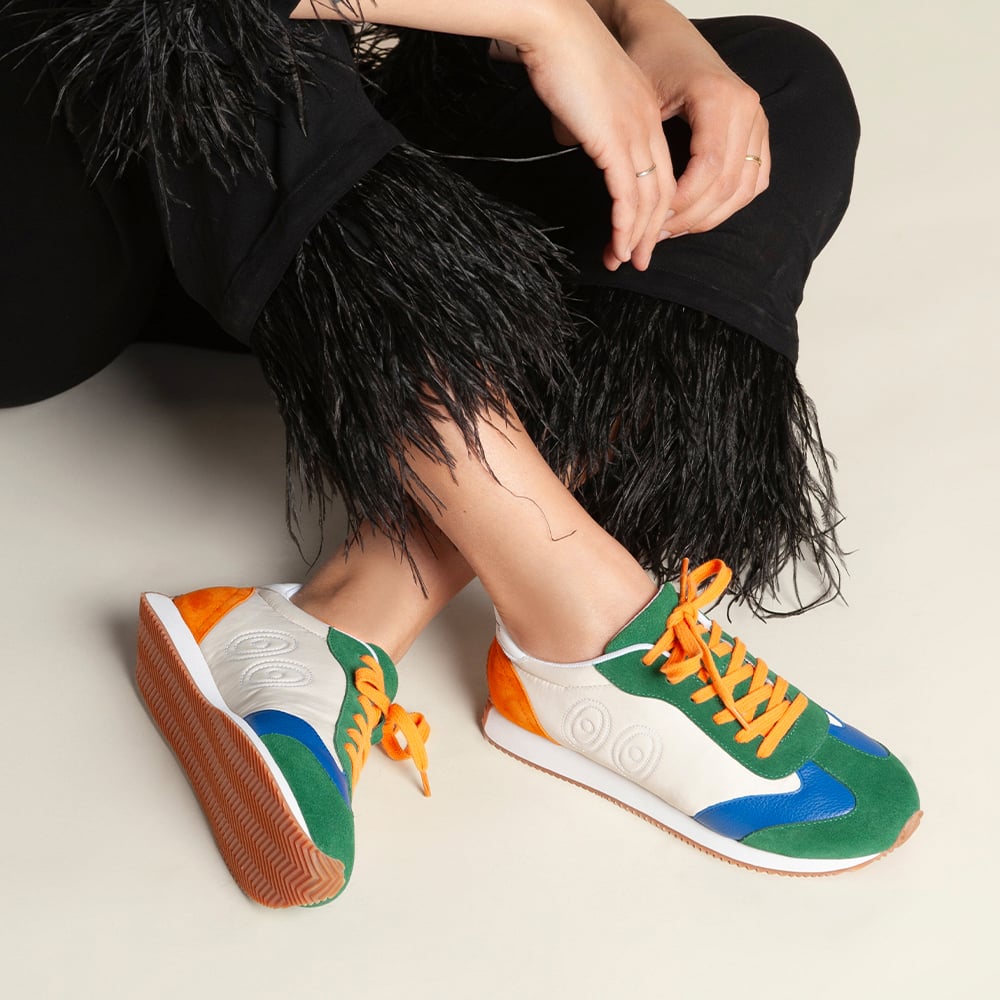To build the home of the future, architects Andrew Linn and Jack Becker looked to the past. “We wanted the simplest, most traditional, most natural high-performance house,” says Linn.
While most people today live in what he calls “chemically vibrant environments,” built with products such as drywall and cement board, he and his partner envisioned a home constructed of eco-friendly components, many of which were in use centuries ago. Their philosophy, says Linn, isn’t so different than the farm-to-table movement in restaurants. Just as chefs visit orchards and dairies to find the best ingredients, he and Becker research and tour facilities that manufacture healthier building materials.
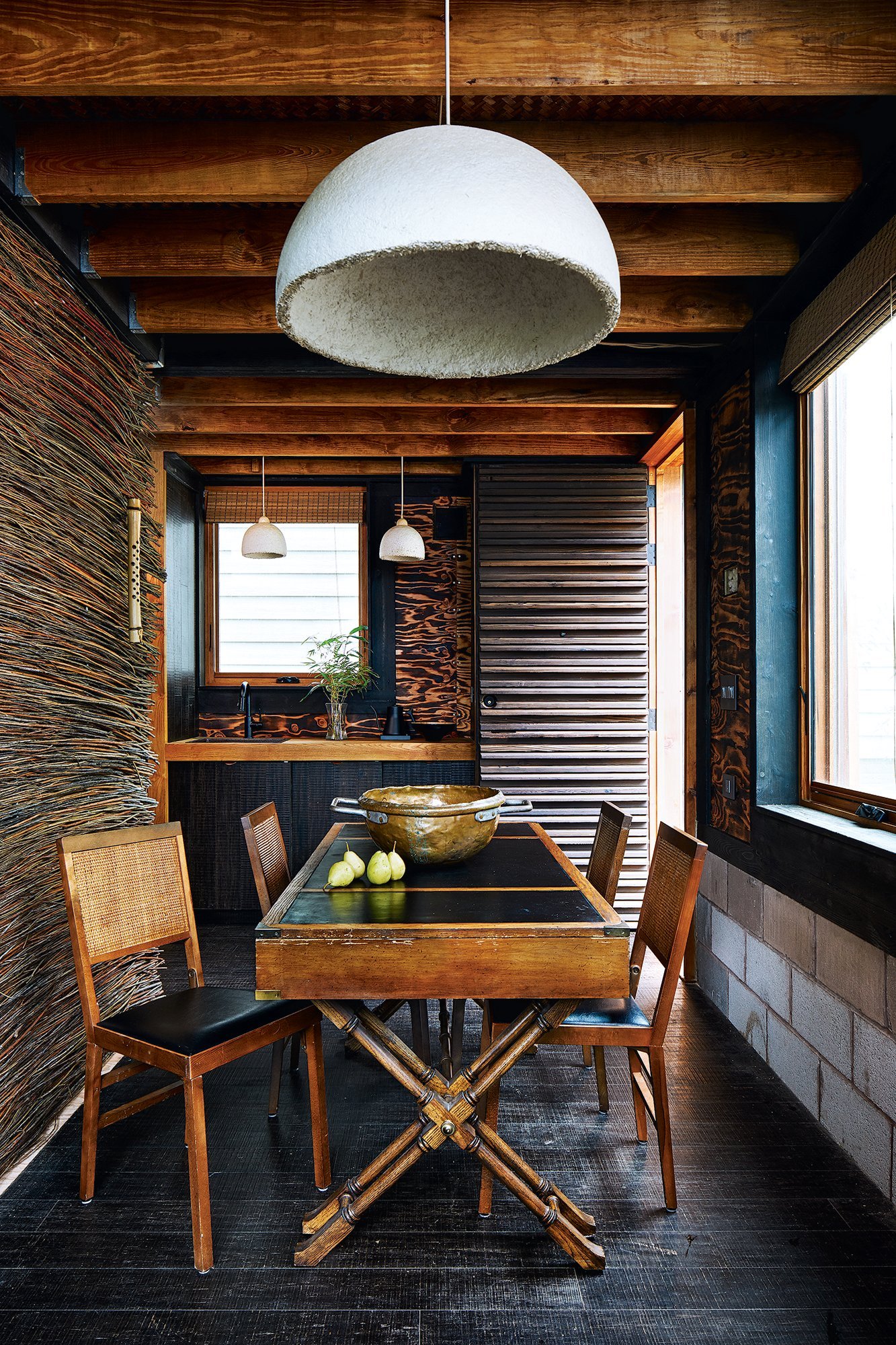
They constructed their prototype this year—a muted, Zen-like structure in the back yard of Linn’s decidedly unmuted, seafoam-green Victorian in historic Anacostia. They finished it over the summer and now use it as their firm’s office. They hope it will inspire clients to incorporate some of the same methods and materials when designing their houses.
The structure is the first on the East Coast built almost entirely of a product made in California called BamCore—somewhat like plywood but nearly 100 percent bamboo, which is much stronger and more sustainable than other woods. So strong, in fact, that Linn and Becker discovered they wouldn’t need wall studs, thus eliminating gaps and helping insulate the house. To finish insulating, they used sheep’s wool.
The building is energy-efficient enough that central heating and air conditioning are rarely required. If the two upper floors do get too warm in the summer, the basement—which has full-size windows—can serve as the architects’ workspace.
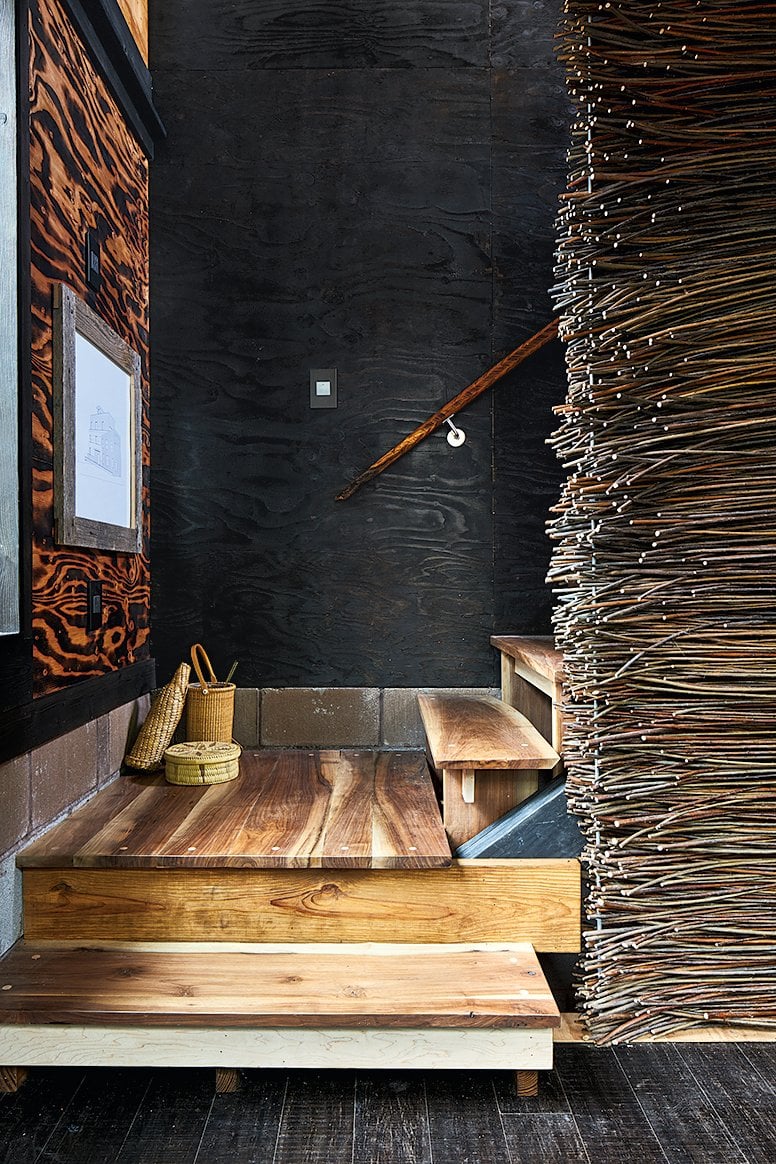
The stair treads were made from the wood of a walnut tree harvested in Anacostia, while a feature wall that doubles as a railing was crafted of woven willow branches. The paper-like light fixtures throughout the house are made of mycelium—essentially, mushroom roots.
Outside, the house is clad in cypress. Its dark hue wasn’t achieved with a chemical paint or stain but with a traditional Japanese charring method called shou sugi ban. Burning the wood in this way adds color and also helps waterproof and preserve the siding.
So far, at least one of Linn and Becker’s clients has bought in: The District’s second BamCore house is planned for Capitol Hill.
This article appears in the December 2018 issue of Washingtonian.

